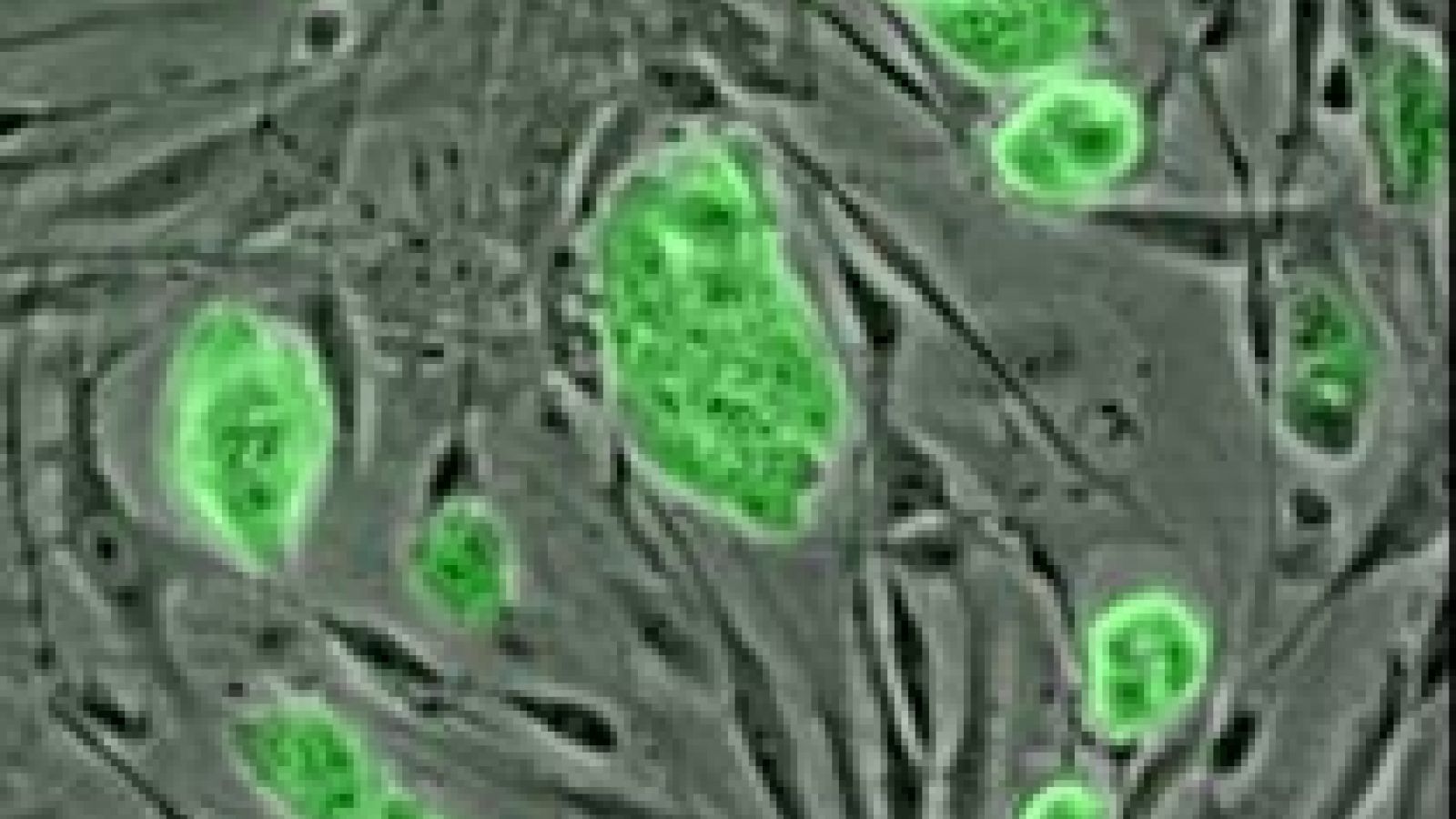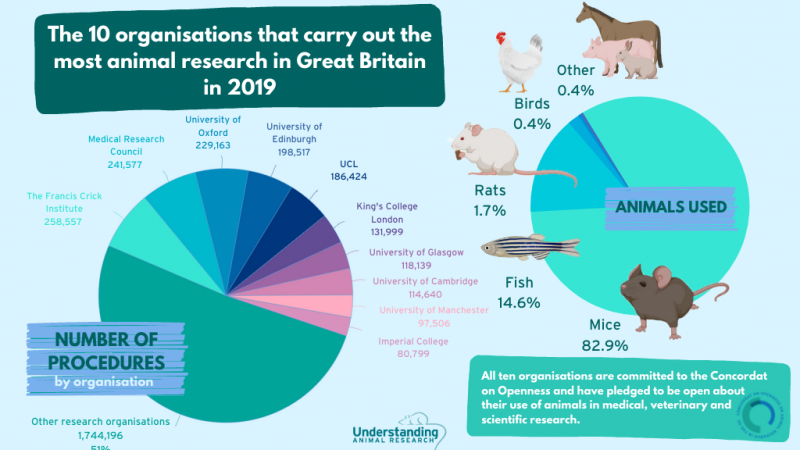 A new lightweight material has been developed that allows the body's own stem cells to rebuild broken bones. Following successful tests in mice, the researchers hope the new technology could soon be in use in people who have lost bone through injury or disease.
A new lightweight material has been developed that allows the body's own stem cells to rebuild broken bones. Following successful tests in mice, the researchers hope the new technology could soon be in use in people who have lost bone through injury or disease.
The scaffold material is made from a blend of plastics and has a honeycomb structure. This allows blood to flow through it, enabling stem cells from the patient's bone marrow to attach to the material and form new bone. The unique chemistry of the plastic surface allows cells to attach directly to it. Then, over time, the plastic implant slowly degrades and is replaced by new bone.
The researchers developed the plastic after testing thousands of different blends for the right properties by using human stem cell cultures to assess their cell-binding properties. The chosen plastic was then tested in mice.
Sections of mice thigh bone were removed under anaesthetic and the experimental plastic scaffold inserted. Non-invasive x-ray scanning was used to follow bone repair.
After 28 days, bone regrowth was more advanced and the bone stronger in mice treated with the new material compared to a standard silicone scaffold control. There were no adverse effects observed during the trial.
Harnessing the body’s own stem cells is a promising new strategy to repairing the body after disease or injury. As the stem cells are the patient’s own, rejection by the immune system is much less of a danger. The researchers hope to begin clinical trials very soon to establish whether the technique is safe to use in humans.
Last edited: 11 March 2022 12:20




